Robotic joints inspired by spiders help researchers create a new class of jumping, grasping, lightweight robots.
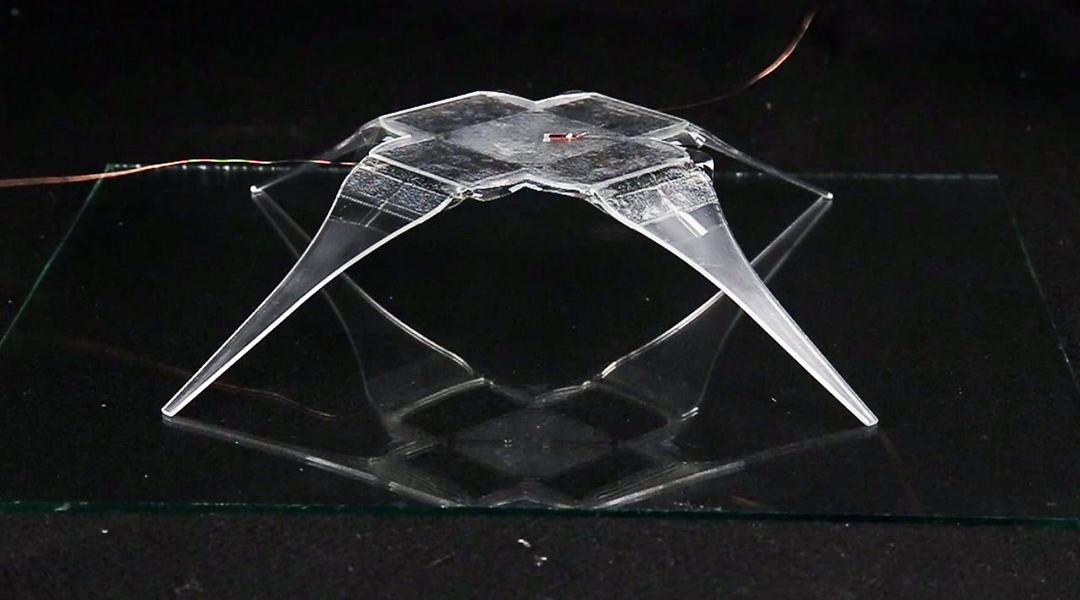

Robotic joints inspired by spiders help researchers create a new class of jumping, grasping, lightweight robots.

Scientists use 3D printing to combine fundamental biology research methods with high-throughput screening of cell culture surface topographies.

A new conjugated polymer provides opportunity to improve insulating materials around high-voltage cables for more efficient power transmission.

Researchers teach robots to make appropriate reactive human facial expressions, an ability that could build trust between humans and their robotic co-workers and care-givers.
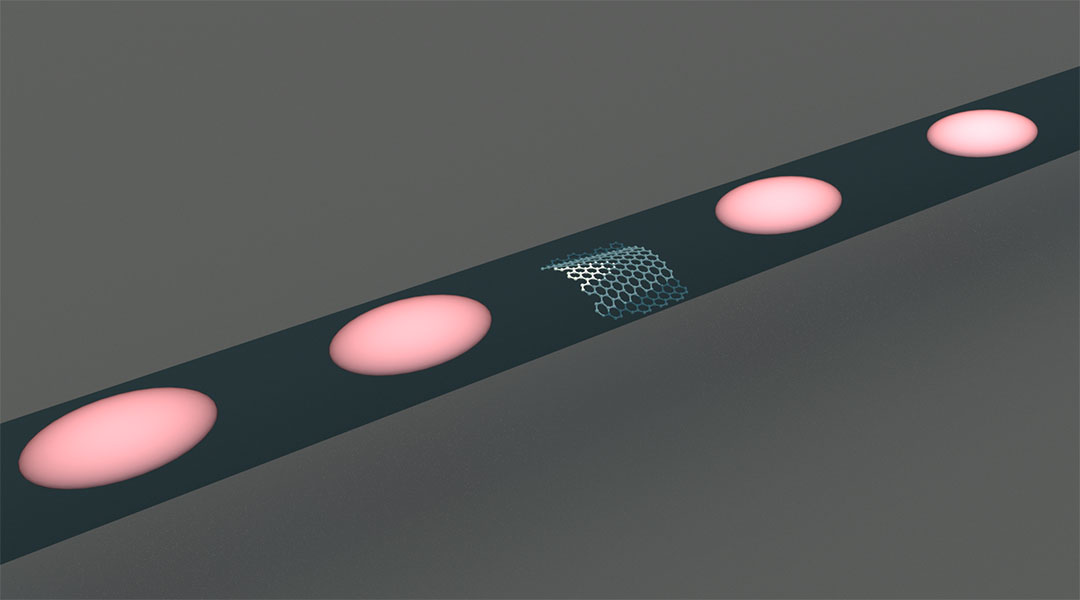
Photonics offer a natural link between communication and computation, providing a potential bridge to build a quantum internet.
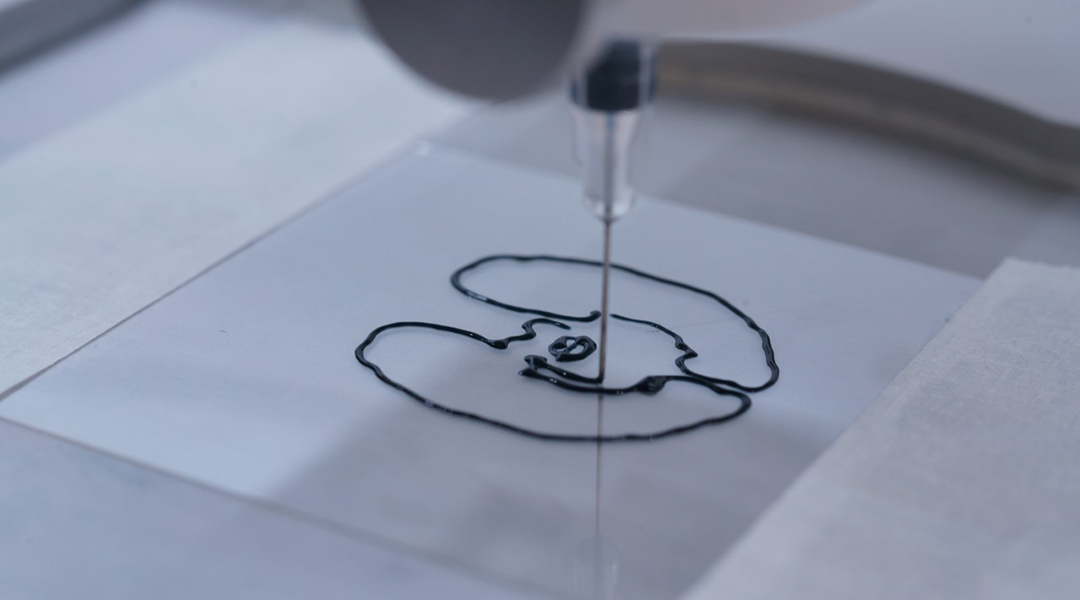
Researchers demonstrate the controlled growth of artificial synapses, paving the way for computers that can grow, evolve, and adapt like the human brain.

Mass tourism has grown exponentially across the last decade, bringing nearly 2 million tourists to Baikal’s sparsely populated shores.

Seven emerging technologies that could help to mitigate the most devastating effects of climate change.
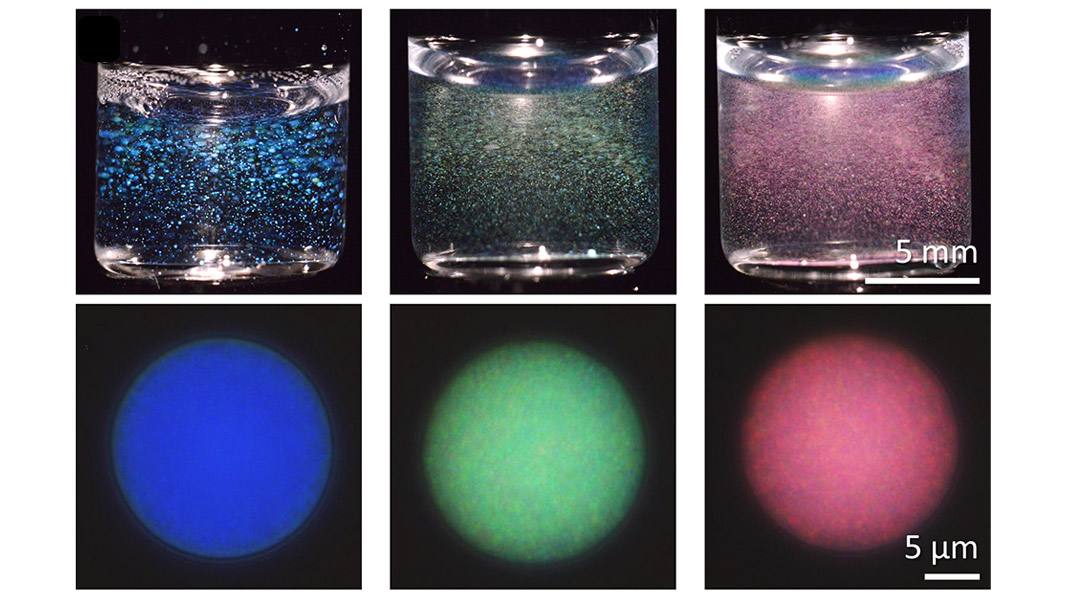
Researchers create a new and elegant way of producing nanostructured microparticles, yielding a vibrant palette of colors from a single polymer brush.
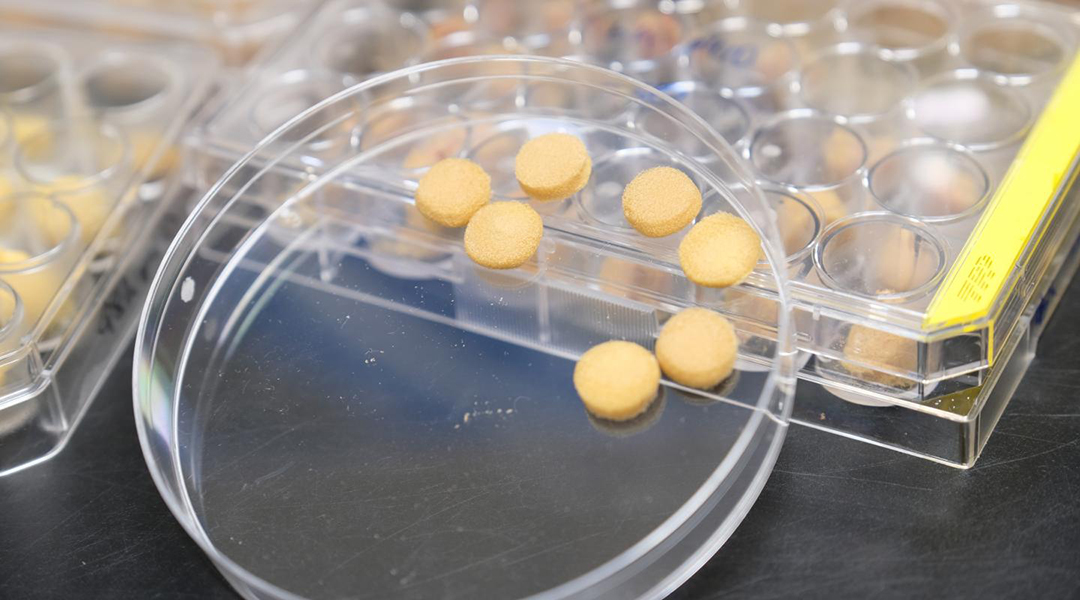
This pollen sponge can absorb oil contaminants, such as gasoline and motor oil, at a rate comparable to commercial oil absorbents